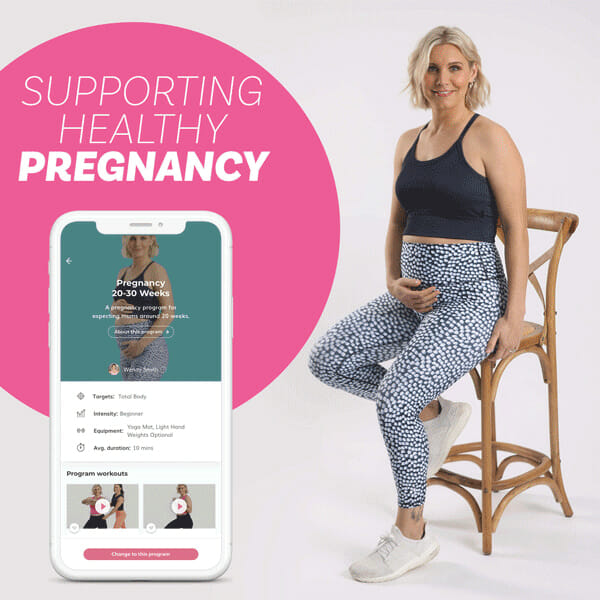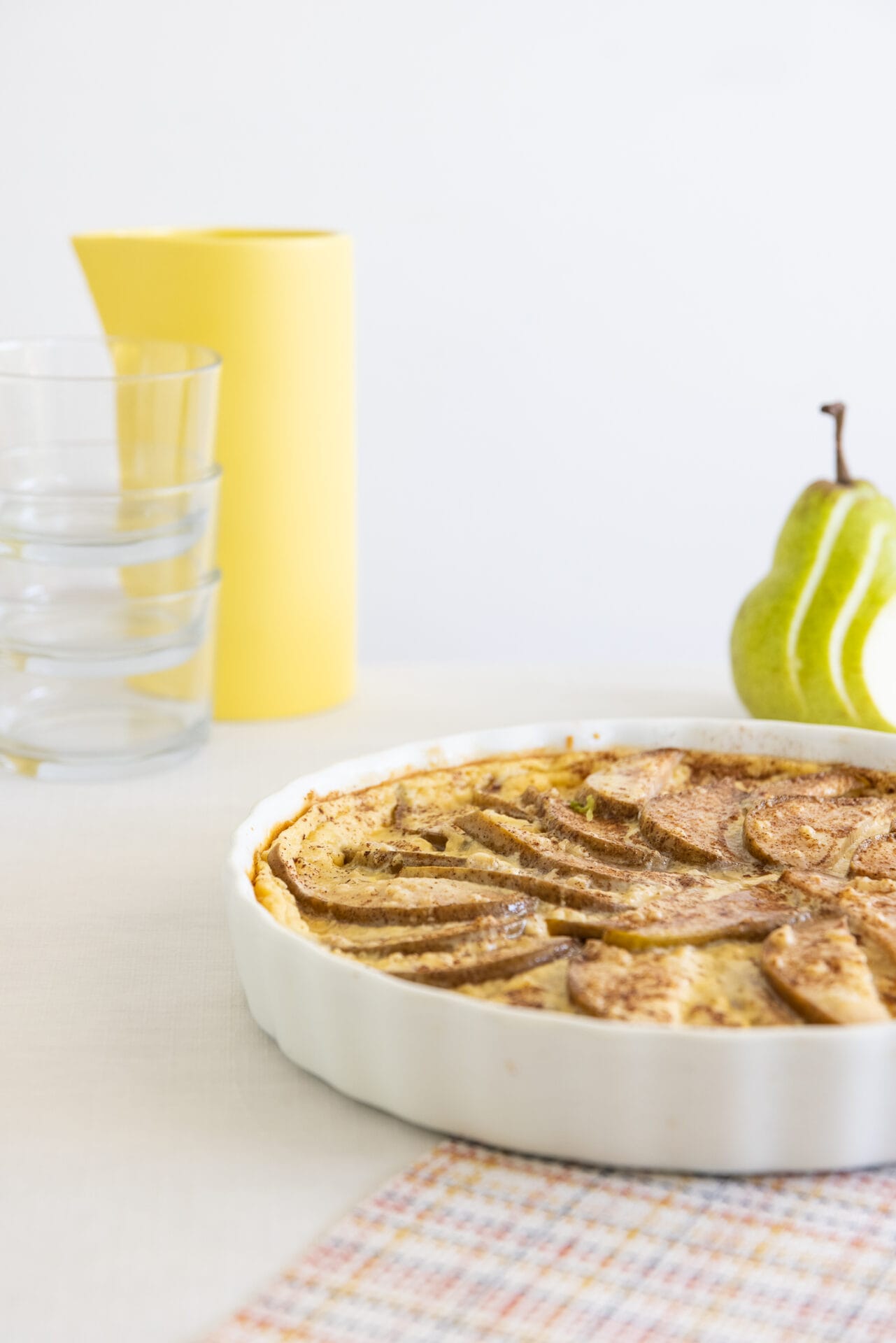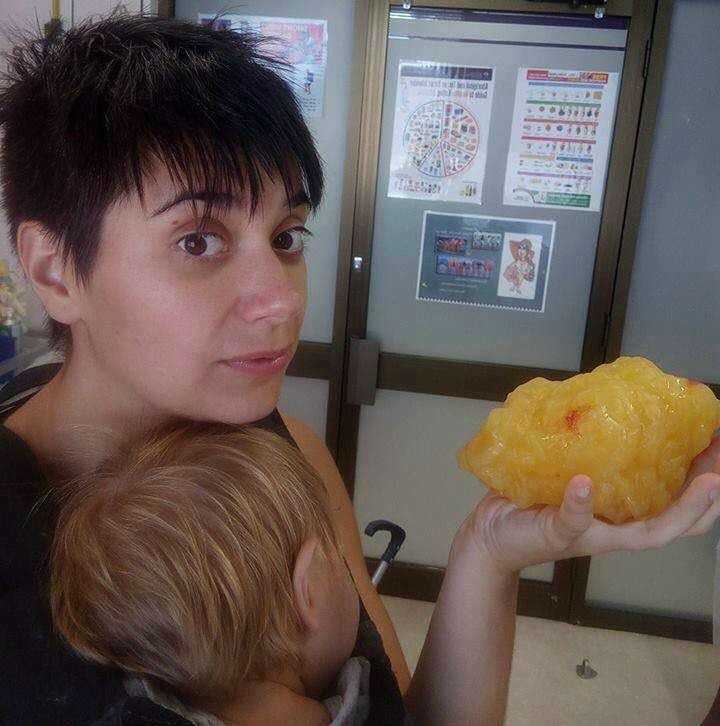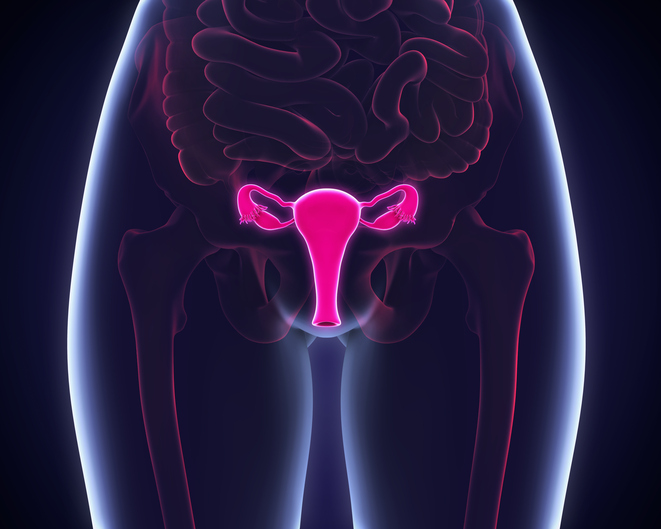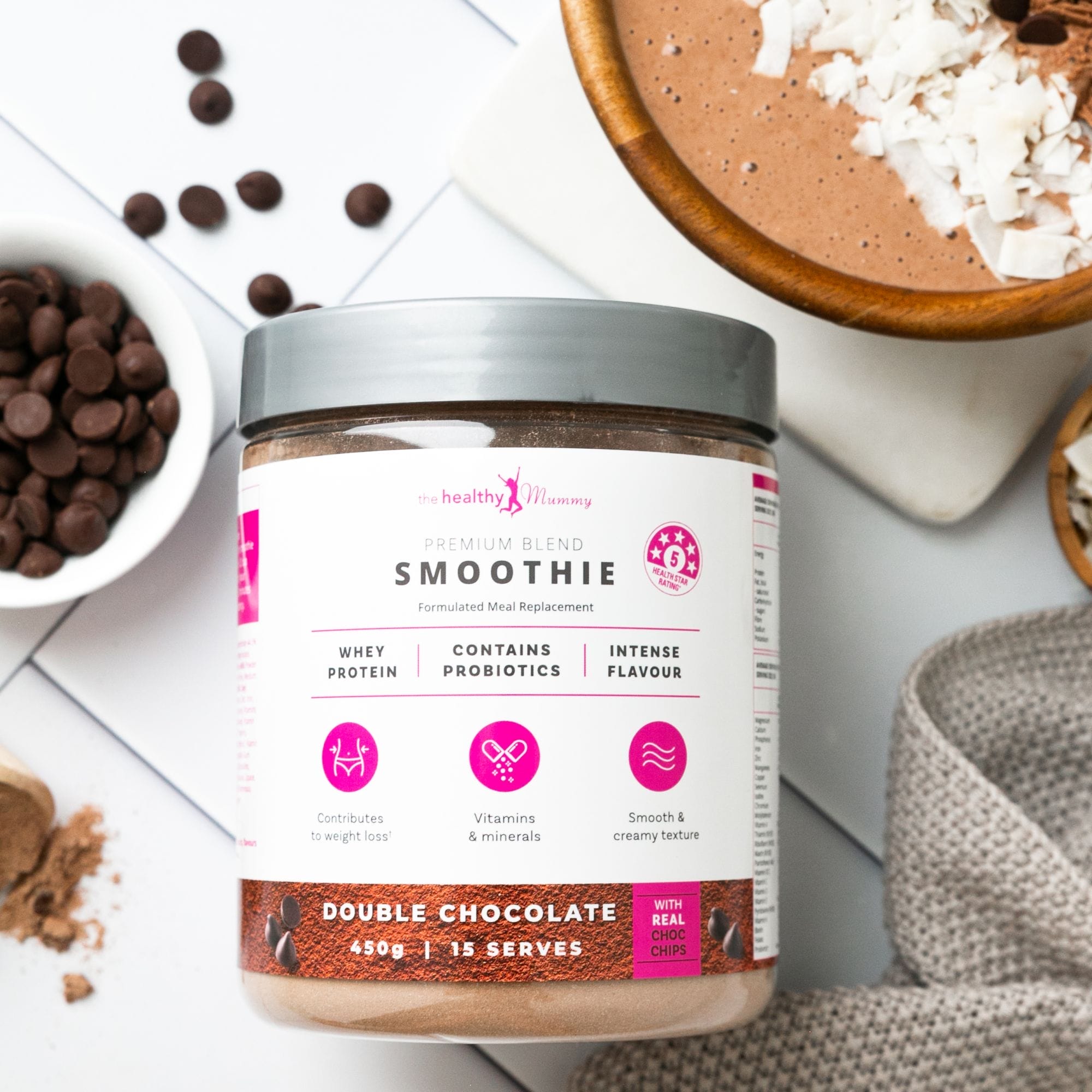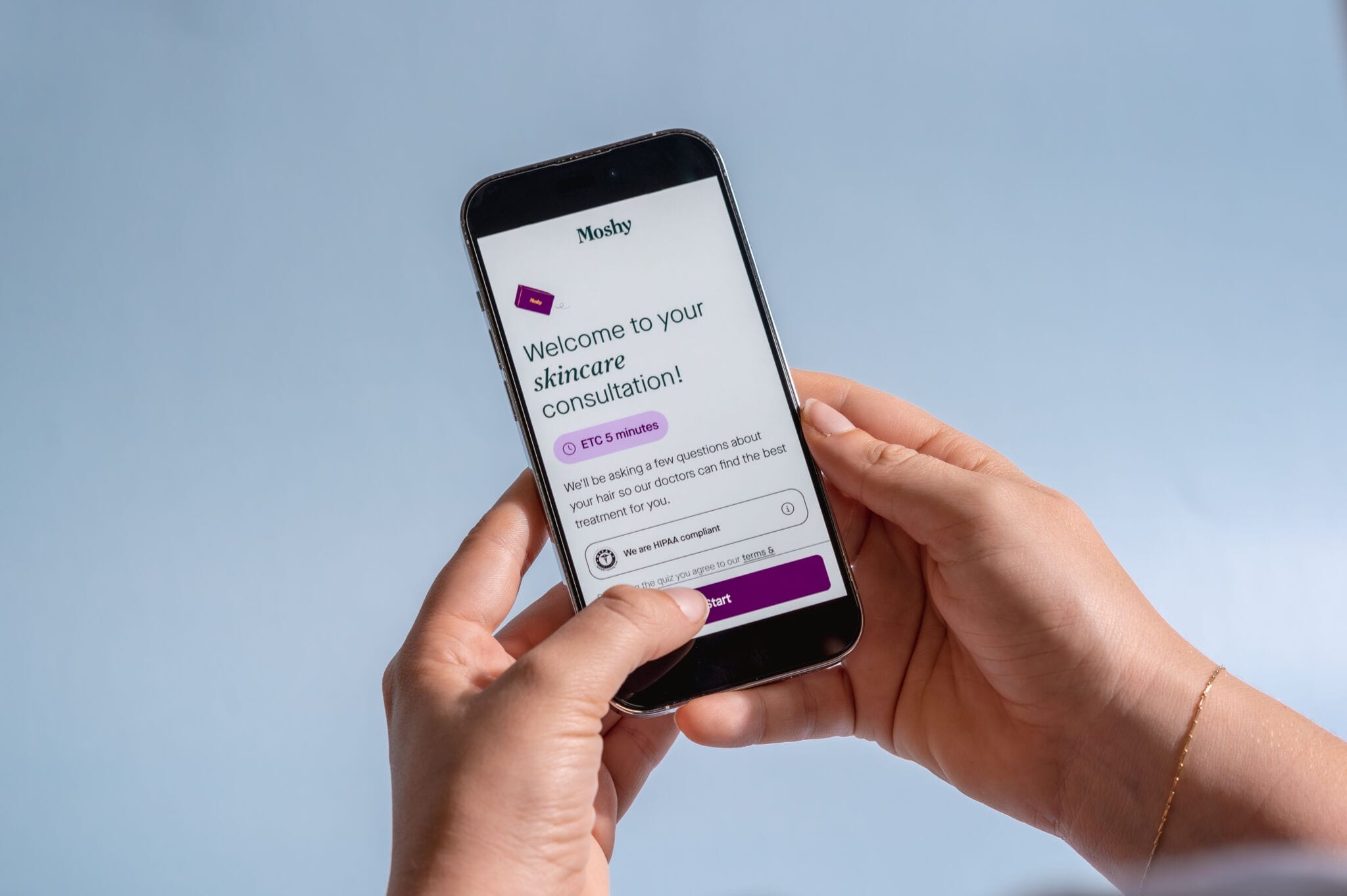How to Tighten Loose Skin After Pregnancy
Pregnancy often leaves us with unwanted loose skin and stretch marks of varying degrees. Find out how to improve your skin texture and appearance.
Pregnancy causes significant changes to the skin, particularly around the stomach. After giving birth, many women experience loose skin and stretch marks, which can take time to heal. While no instant solution exists, there are effective ways to help your skin regain its firmness and elasticity.
This guide covers proven methods, natural remedies, and expert tips to tighten loose skin after pregnancy.
Why Does Loose Skin Happen After Pregnancy?
During pregnancy, the skin stretches rapidly to accommodate a growing baby. This stretching affects collagen and elastin fibres, which determine skin elasticity. After birth, the skin does not always snap back immediately, leading to loose, sagging skin.
The extent of skin recovery depends on factors such as:
- Genetics – Some women have naturally more elastic skin.
- Age – Younger skin tends to recover more easily.
- Weight gain – Gaining excessive weight during pregnancy can lead to more stretched skin.
- Hydration and nutrition – A diet rich in collagen-boosting foods helps skin repair.
You’ve endured nine long months for your precious bundle of joy to arrive and while it is worth every sleepless night ahead of you, you find yourself wondering if your body will ever be the same again.
The result of your baby growing inside you is that your skin has stretched and you now have loose skin and stretch marks that you didn’t have before. The degree to which your body has changed is partly due to genetics, your age, your skin elasticity, how quickly and how much weight you’ve gained and possibly a little bit of luck (or misfortune – depending on how you look at it).
While many mums choose to wear their scars “tiger stripes” and loose skin as a badge of honour (we applaud each and every one of these body confident mums) we understand that not everyone is ready to embrace their new postpartum body with such enthusiasm.
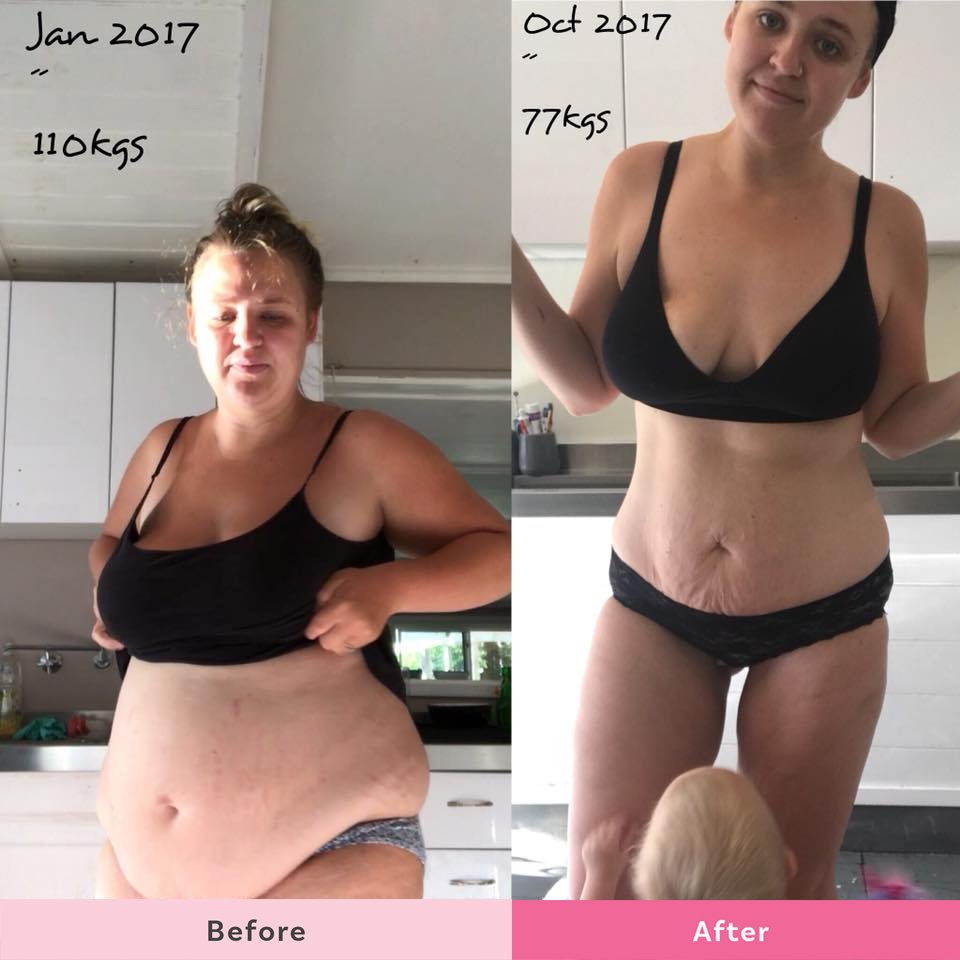
Check out the fabulous Healthy Mummy mum Cicily and read why she doesn’t care about stretch marks and loose skin after losing 51kgs!
Whatever camp you are in, remember that birthing a child is an incredible achievement and before you do anything, you need to relax and go easy on yourself.
While there are no miracle cures, positive changes will happen over time.
How to Reduce Post-Pregnancy Stretch Marks
While stretch marks may never disappear completely, they often fade over time. The following tips can help improve their appearance:
- Stay hydrated – Moist skin is more elastic and heals faster.
- Use topical treatments – Apply creams with retinol, Vitamin E, or cocoa butter.
- Try cold therapy – Applying ice packs may reduce inflammation and improve skin tone.
- Exfoliate weekly – Gently scrub the affected areas to promote skin regeneration.
Can You Completely Tighten Loose Skin After Pregnancy?
- Skin elasticity varies from person to person. While some women see full recovery, others may experience some permanent changes.
- With consistent effort, most women can significantly improve skin tightness and appearance.
- If loose skin persists, consulting a dermatologist or aesthetic specialist may provide further treatment options.
Postpartum stretch marks
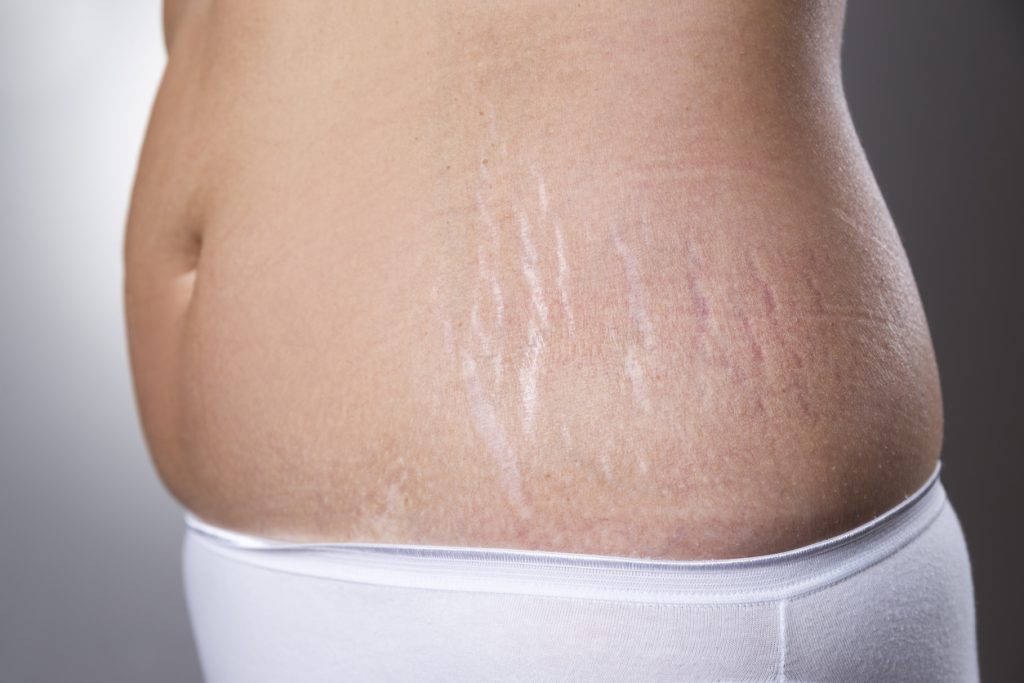
These all too familiar stretch marks are formed when your skin gets stretched or in the case of pregnancy when your body grows rapidly and expands and your skin is pulled tightly over it.
They are the result of your middle layer of skin or the underlying tissue tearing from being stretched so tightly. These tears become visible on the surface of your skin.
Most often, pregnancy stretch marks begin in the third trimester, when the baby’s growth really spikes.
More pronounced and reddish/blue during pregnancy over time they often fade to a faint silvery/white colour.
Loose skin after pregnancy
Don’t be fooled by the glossy magazine photos – loose postpartum stomach skin happens to almost all new moms (including celebrities), it’s just a question of to what degree.
For some mums, loose skin can stick around no matter how fit they were pre-pregnancy or whether they have jumped back into exercise quickly after having a child.
Actually losing postpartum weight too quickly can also increase the odds of having excess skin.
The skin is made of elastin and collagen, allowing the skin to expand with a growing belly. If a woman gradually loses weight after her pregnancy her skin has more time to recover and regain elasticity. If she loses it rapidly, the skin has much less time to recover.
You can lower your odds of having excess loose skin by losing postpartum weight slowly, exercising, and drinking plenty of water.
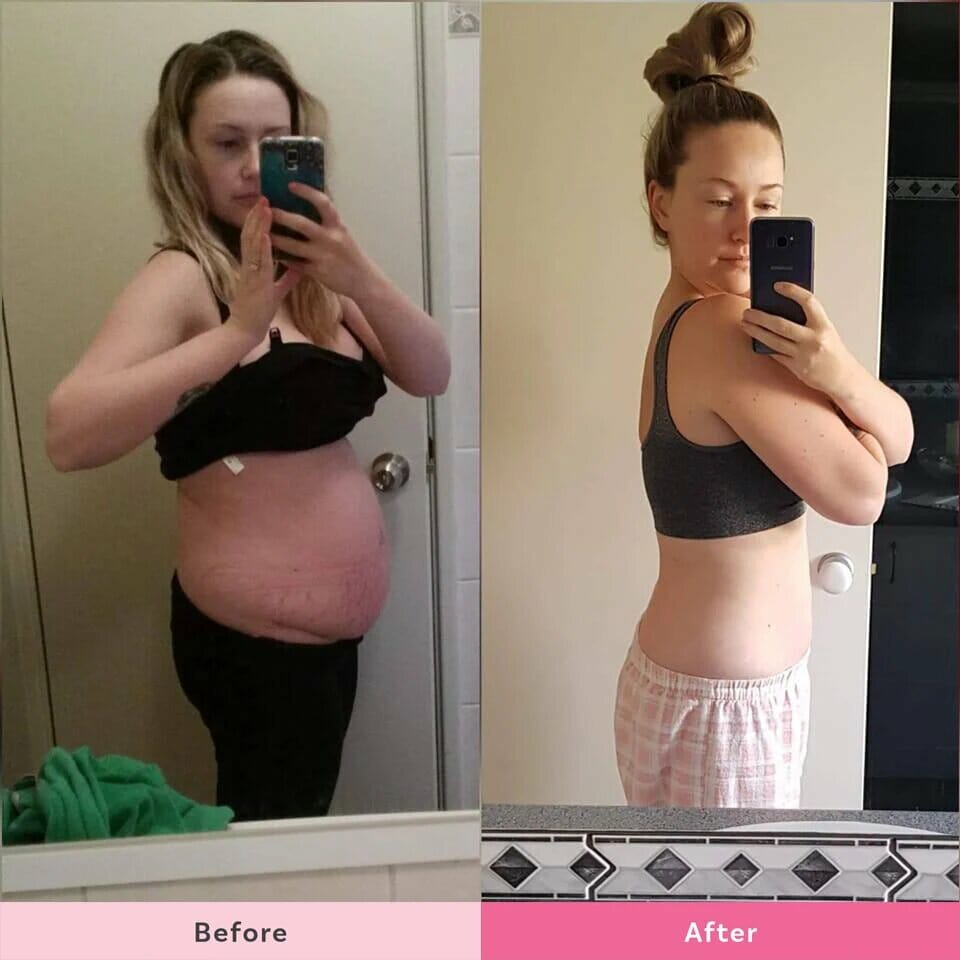
Healthy Mummy mum Sian reveals how she transformed her post-pregnancy body.
Best Ways to Tighten Loose Skin After Pregnancy
Stay hydrated

- Drinking plenty of water improves skin elasticity and promotes healing.
- Hydrated skin appears firmer and more supple.
- Aim for 2–3 litres of water per day.
Strength Training and Core Workouts
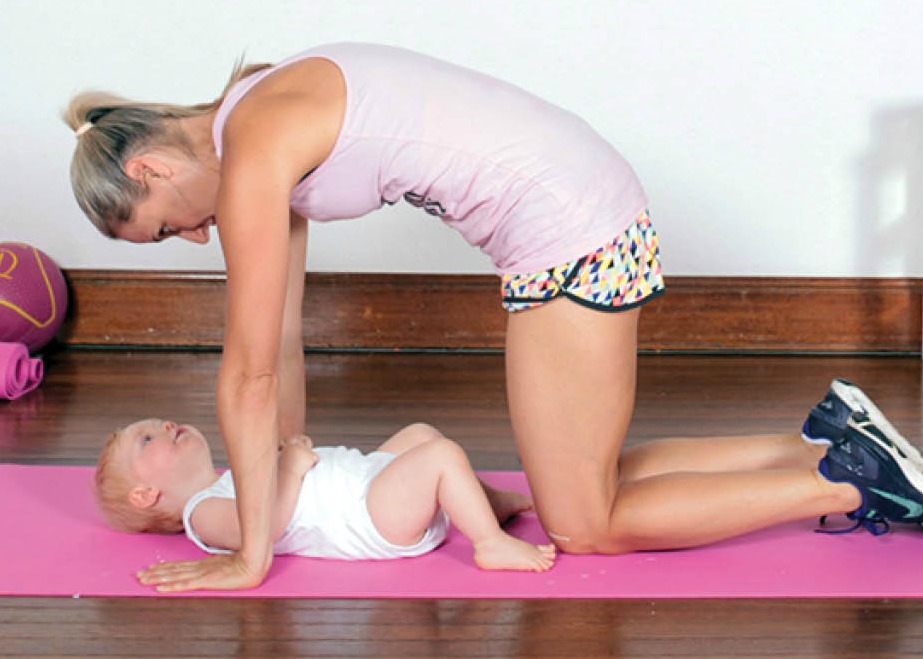
Toning muscles under loose skin helps it appear firmer. Focus on exercises that target the abdomen and core, including:
- Planks
- Bridges
- Squats
- Resistance training
Avoid crash dieting, as losing weight too quickly can worsen skin sagging.
Ice up

As stretch marks heal, the scars can cause inflammation and swelling, which can make stretch marks look even worse.
Rubbing ice on stretch-marked skin can help relieve and reduce this swelling and inflammation.
Wrap a cold pack or ice cubes in a ziplock bag into a dish towel so that the ice doesn’t come directly in contact with your skin.
Hold it on your belly for up to ten minutes, then move to your thigh and hold on your skin for another ten minutes.
Repeat this process for all areas of your body that have stretch marks.
Dry Brushing and Exfoliation
Exfoliating with a coffee or sugar scrub can remove dead skin cells and encourage new cell growth.
Follow a healthy eating plan
Dry brushing stimulates circulation and promotes lymphatic drainage, which may help tighten skin.
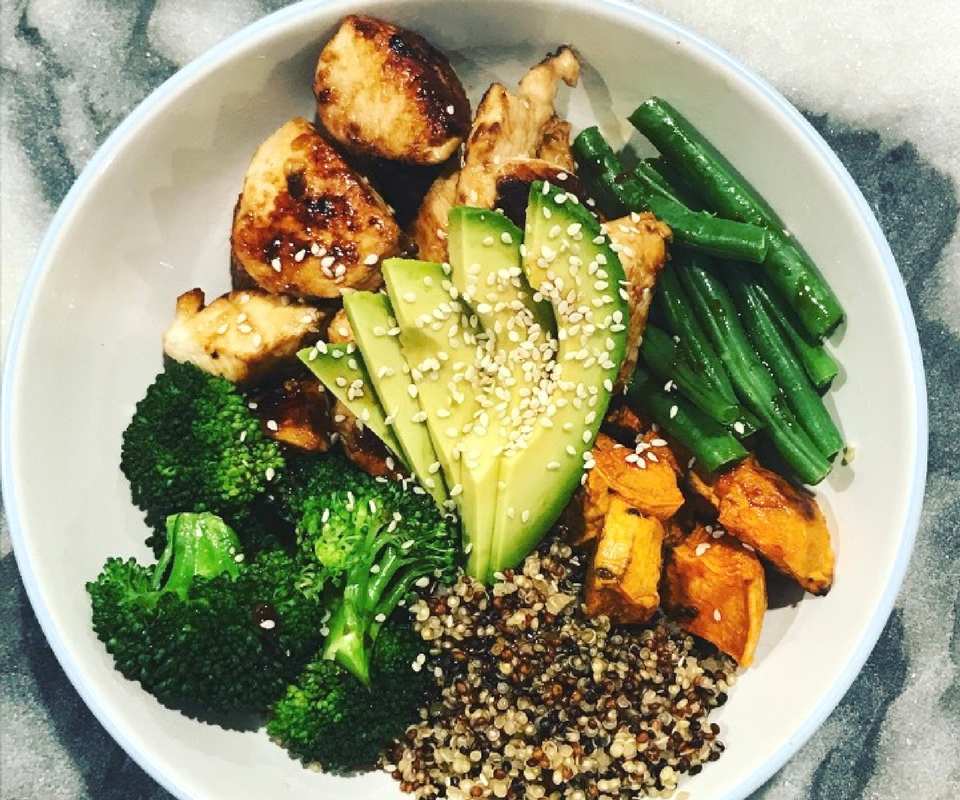
Eating a healthy diet is a crucial component of your overall well-being. This includes repairing any stretch marks caused during pregnancy!
Eating healthy proteins and fats can help you build muscle. Protein can also contain collagen which is great for skin repair.
For access to thousands of healthy recipes sign up to The Healthy Mummy 28 Day Weight Loss Challenge.
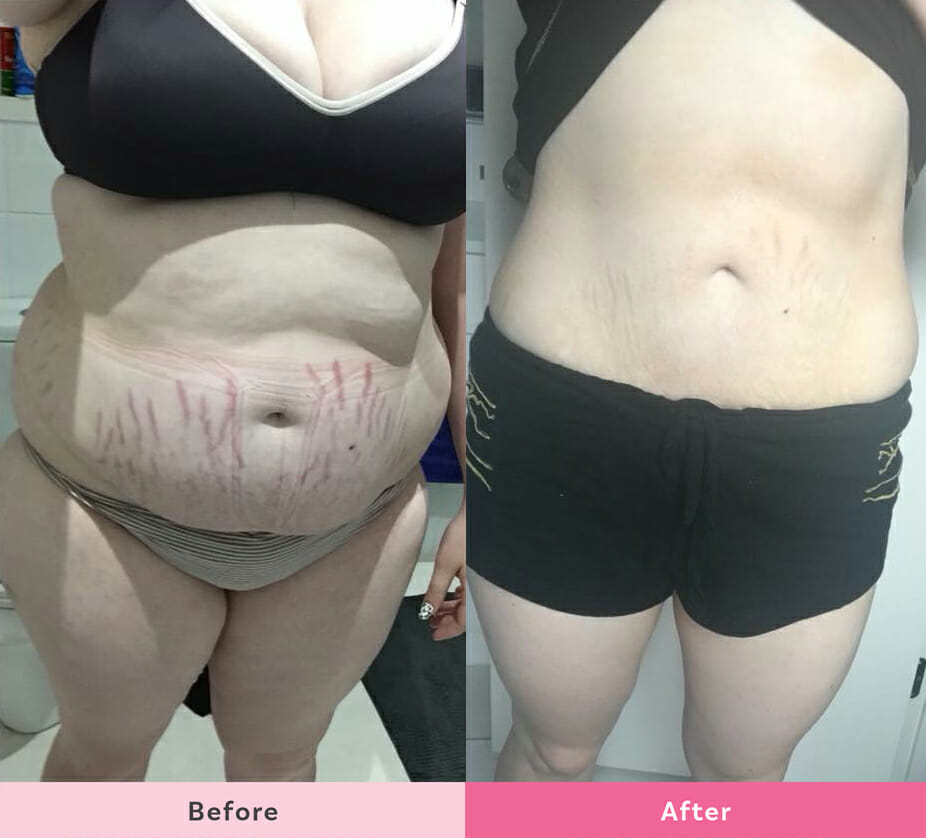
Mum Nikita shares how she transformed her body by following The Healthy Mummy 28 Day Weight Loss Challenges.
Eat Collagen-Boosting Foods
Collagen can be found naturally in foods and also as a supplement. Besides keeping your skin healthy and glowing, collagen improves skin elasticity, skin moisture, water loss (dryness), firmness and skin roughness. Collagen is essential for skin repair and elasticity. Include collagen-rich foods such as:
- Bone broth
- Lean meats and fish
- Eggs
- Berries and citrus fruits (rich in Vitamin C, which supports collagen production)
Read Understanding Collagen: What is it and how can it help me?
Relax and be patient

When we are stressed our hormones can interfere with our skin’s natural healing process and slow the healing process of stretch marks. And we don’t want that!
So make sure you carve out some time each day to relax and unwind. Whether it be listening to your favourite music, reading a book, doing a yoga class or simply sitting in silence for a few minutes. Do what makes you happy as it will aid in your body’s healing process.
Don’t expect your stretch marks to disappear overnight. Your skin gradually repairs the tears caused by pregnancy and over time the marks will begin to fade.
None of the above suggestions are miracle cures but by following them you give yourself a better chance of healing both physically and mentally. And a healthy mum is a happy mum.
Apply Skin-Firming Creams and Oils
- Use creams containing retinol, Vitamin E, or hyaluronic acid to improve skin elasticity.
- Natural oils such as:
- Almond oil
- Coconut oil
- Rosehip oil
- Shea butter
help nourish and hydrate the skin, reducing the appearance of stretch marks.
Massage and Skin Stimulation
- Massaging the skin can increase blood circulation and promote skin regeneration.
- Try daily self-massage with a hydrating oil or lotion.
Consider Postpartum Belly Wrapping
- Using a postpartum belly band provides gentle compression, which may support the skin as it heals.
- This technique is commonly used in postpartum recovery to assist with abdominal muscle repair.
Get Enough Sleep and Reduce Stress
- Poor sleep and high stress increase cortisol levels, which can weaken collagen and slow skin repair.
- Aim for at least 7 hours of sleep per night and practise relaxation techniques like yoga or meditation.
Final Tips for Post-Pregnancy Skin Recovery
- Be patient – Skin takes time to heal, and improvements may take several months.
- Avoid rapid weight loss – Gradual weight loss allows the skin to adapt.
- Focus on nutrition, hydration, and exercise to support natural skin tightening.
- Accept and embrace your body – Your postpartum body is a testament to your strength and resilience.
For a structured exercise and nutrition plan, join the 28-Day Weight Loss Challenge to support postpartum recovery.

